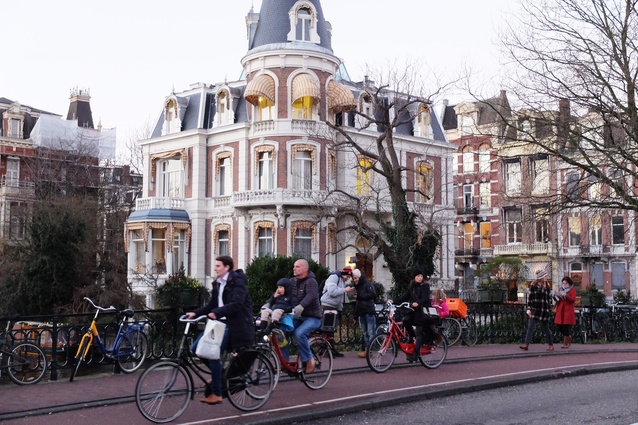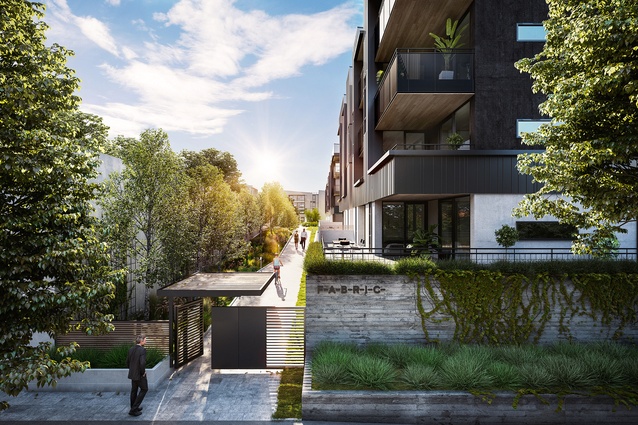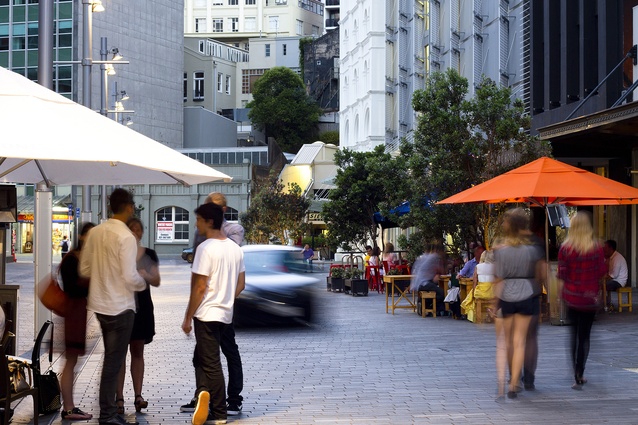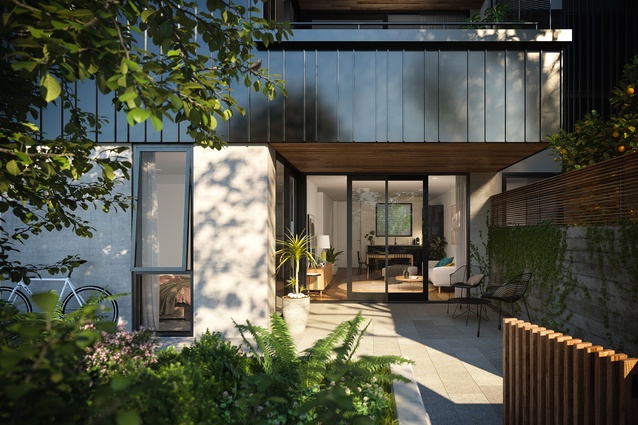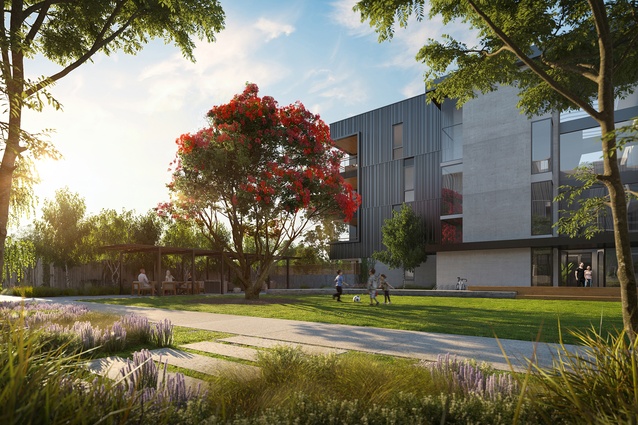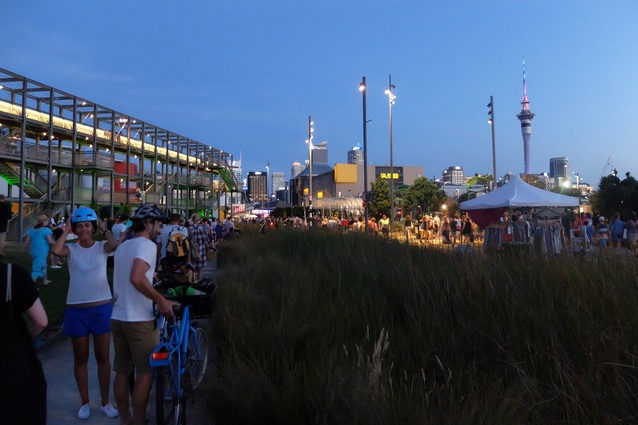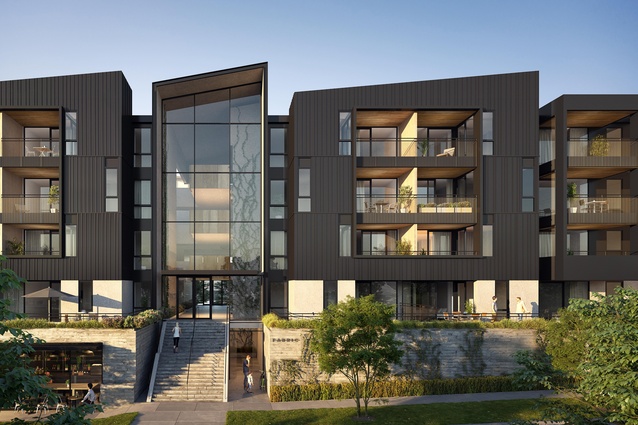City-sized solutions: Stuart Houghton
Stuart Houghton, senior urban designer at Boffa Miskell, talks with Amelia Melbourne-Hayward about liveable cities and creating a shared sense of space.
Amelia Melbourne-Hayward: What makes a city “liveable” and how can we ensure Auckland is one?
Stuart Houghton: Increasingly in Auckland, we are appreciating that being able to afford to live in the city is a pretty fundamental prerequisite before entertaining the idea of how liveable a city is or not. Just look at London or San Francisco – when large parts of society start to feel forced out or irrelevant, liveability drops. That is where we are headed if we don’t change things. Liveable cities must be equitable cities not mere lifestyle cities. The focus on liveability needs broadening to recognise this.
AMH: What is the first step you would take towards solving Auckland’s transport woes?
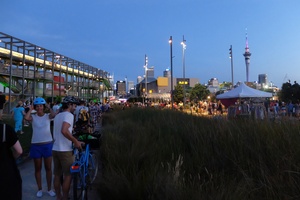
SH: Get central government to change its mindset towards cities. The everyday experiences of Aucklanders have demonstrated they will make the rational choice (reliable and frequent public transport) to the alternative of sitting in traffic. Yet all the gains we are making – and they are considerable – are still too hard won against an obstinacy that stems from central government and its seeming inability to accept Auckland is now a proper city.
That demands doing things differently. There will always be purse-string tensions between treasury and town hall, but it would be helpful if all parties could agree that at its heart, solving Auckland’s transport woes means fundamentally shifting more people in the same amount of space. To do that, we need city-sized solutions that recognise space is at a premium.
AMH: What are the key design principles behind FABRIC of Onehunga? What does this development bring to the area?
SH: The idea of a pocket neighbourhood, the neighbourhood within a neighbourhood, has underpinned the design approach to FABRIC of Onehunga. We recognised that Onehunga already has a strong identity and sense of community, but at the same time this was something different, inserting a new way of living into the industrial edge. The size of this development, with five buildings over four levels, mean it is important to create social spaces that help foster a sense of community, avoiding that institutional feeling you sometimes get.
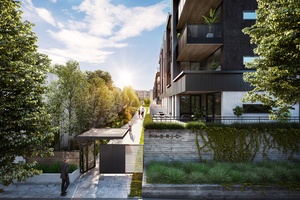
The masterplan layout sets up the conditions for some really great common spaces between buildings. With the landscape design, Hanna O’Donoghue and I have been focused on creating a strong central focus and social heart to the development, with the design of steel, concrete and timber elements amongst lawns and planting providing a nod to the area’s industrial heritage.
AMH: What are some steps architects and urban designers can take towards making higher-density apartment living more attractive to Aucklanders?
SH: Getting the fundamentals right – sun, light and fresh air, and incorporating more of the lifestyle aspects people expect from other types of living – thoughtful storage, pet-friendly and so on. Then there is the social aspect – shaping spaces both within buildings and outside that foster a shared sense of space – this is what helps make people feel comfortable living with each other in close quarters, spending time in common areas or even just saying hi without it feeling awkward or an intrusion of privacy. When this starts to work, you set the pre-conditions for a neighbourhood dynamic to evolve. This is the aspiration for FABRIC of Onehunga.
AMH: Can Auckland ever become a truly bike-friendly city like Amsterdam or Copenhagen?
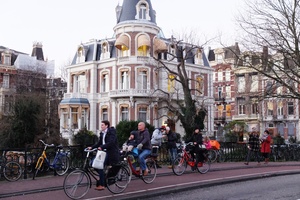
SH: Yes, but we have to see this as making cycling work for the everyday. The act of cycling in the city should be as easy and ordinary as riding a bike itself. That is the terrific thing about these cities, they have made cycling so simple, but it wasn’t always like this.
Like Amsterdam and Copenhagen, it will take generations of work for Auckland to become truly bike-friendly, but if we want to do it, we can. None of the excuses matter – that we are too spread out or it is too hilly or too hot or too cold or too wet. If we want to do it, we can.
AMH: The Unitary Plan is great, but how we do better ensure quality design outcomes for these new dwellings?
SH: No matter how much we discuss and debate, no matter who saw what on their latest trip overseas, or who we fly out to tell us how great a job they have done in their city somewhere else, Auckland really only seems to learn from doing. We will get better outcomes by keeping on building more and more, and learning from our successes and mistakes.
Looking at outcomes with a critical eye, and being able to point to more great local examples and ask ‘why can’t this proposal be more like the one down the road’, or say ‘this is what we want in our backyard’. The current building boom should mean this process of learning by doing is well underway. We should be focused on ensuring this boom is the beginning of a virtuous cycle of getting better and better.
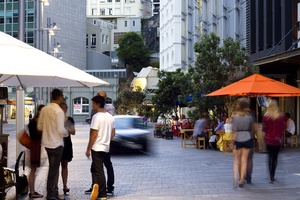
AMH: Ideas around shared space between cyclists, pedestrians and vehicles in our cities are gaining traction. What do you think the future of these types of shared spaces is in Auckland?
SH: Auckland is already a leader when it comes to shared spaces – the design outcomes and quality achieved in the city centre streets is amongst the best internationally. Plus, these projects have been completely transformational in changing the future for the precincts of which they are a part. Look at the Fort Street area – every time a decision is made now to invest in an adjoining property it builds on this new reality, enriching the area further with people-centred design and activity at street level that was never the focus previously. That’s a virtuous cycle right there.
What is often not talked about is that these sorts of shared spaces work best where pedestrians are present in higher numbers than motorists. That means that elsewhere, where there is a different dynamic and balance between users, other design solutions might work better. There remains huge potential to innovate in this area right across Auckland.
AMH: What is the most successfully-designed public space in Auckland? And the least?
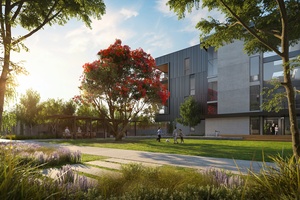
SH: As designers we need to re-define these sorts of questions. Design for designers is pretty irrelevant to the challenges our cities face. For me, the most successfully designed public spaces in Auckland are those that are changing how people use them, often in ways they couldn’t foresee happening beforehand. In this sense, the most successful public spaces are the likes of the shared spaces, laneways and waterfront streets and spaces bringing new public life and vitality to the city centre.
The worst? Pretty much every over-scaled, traffic-dominated arterial road passing by a strip of shops, a park, or a primary school, that ignores the need for streets to be designed for people as well as for cars.


